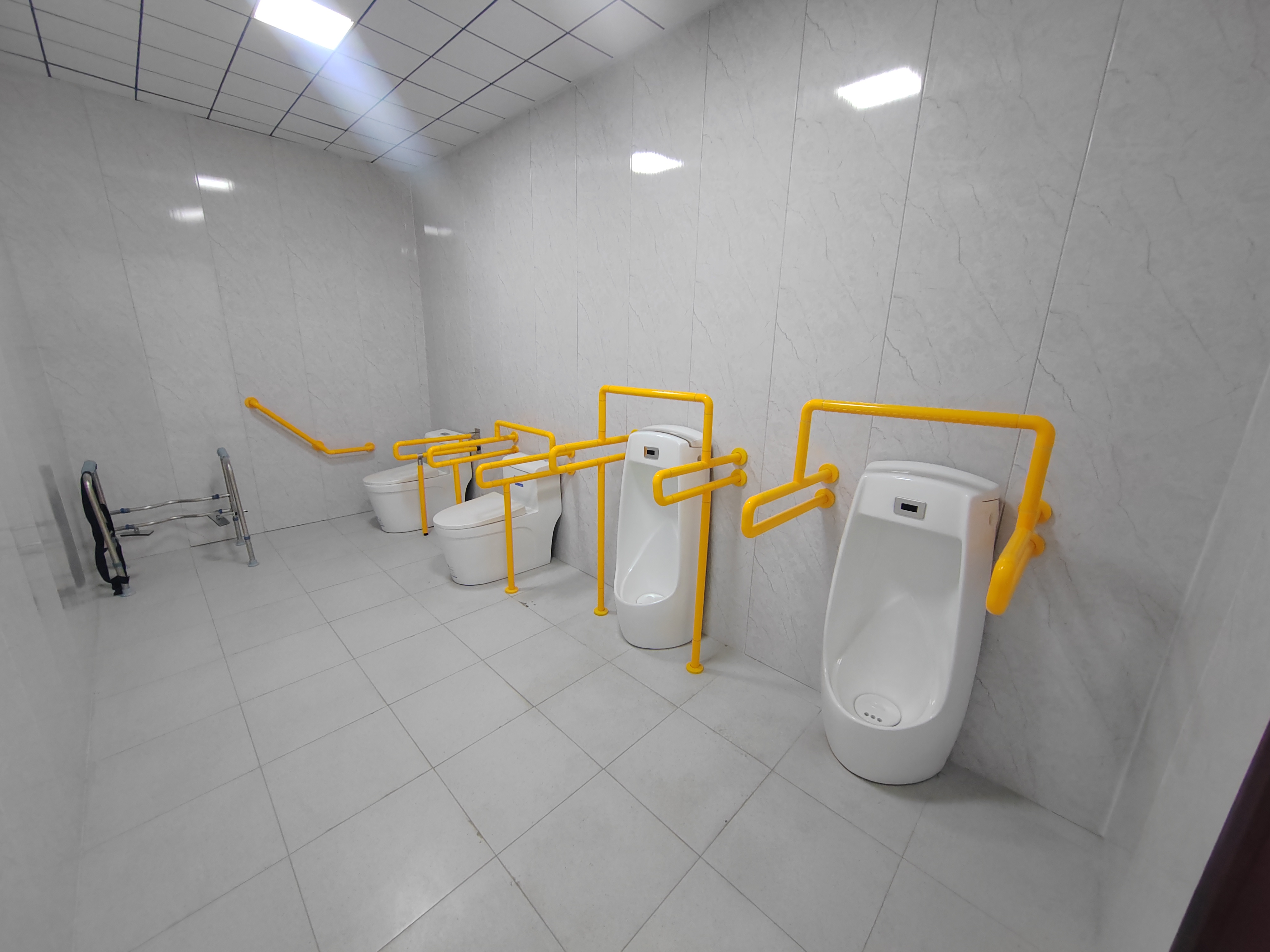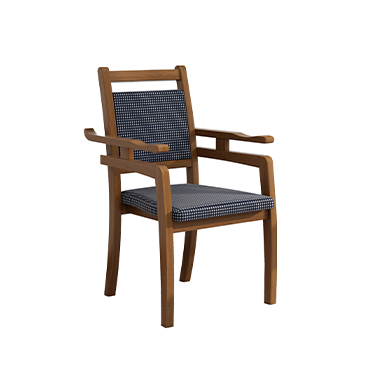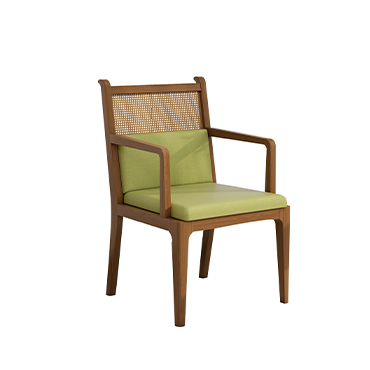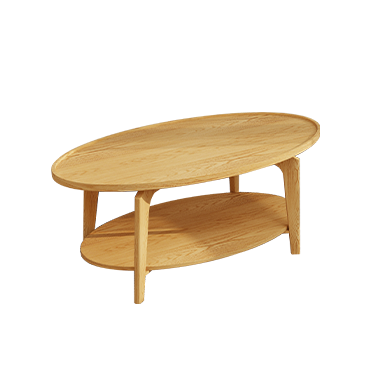Invisible Design in Elderly-Friendly Furniture: Subtle Support That Respects Dignity
Invisible design refers to thoughtful features that quietly support seniors without drawing attention to their age or limitations. These are design elements that blend seamlessly into the home—offering safety and comfort without a clinical appearance. Instead of announcing “this is for the elderly,” they say: “this home understands you.”
1.From Space to Furniture: Support You Don’t See
Low-position peepholes
Installed at a height of under 1 meter, these allow seniors in a seated position or wheelchair to check who’s at the door—without impacting household aesthetics or function.
Hidden handrails
Subtle grooves or integrated edges along furniture surfaces can serve as handholds, offering balance and support without looking like medical equipment.
2.Scenario-Based Applications: Safety Meets Design
Recessed sinks in bathrooms
Countertops allow wheelchair access underneath the sink while maintaining a sleek, modern appearance—ensuring both comfort and dignity.
Non-camera fall detection systems
Technologies such as millimeter-wave radar can monitor falls without using invasive cameras—protecting both privacy and safety.
Integrated motion-sensor lighting
LED light strips embedded under cabinets or along staircases activate with movement, illuminating spaces without visible fixtures, reducing nighttime risks.
3.Hidden Features Inside Furniture
Lift-assist beds and chairs
Designed to look like regular furniture but equipped with internal mechanisms to help seniors sit down or stand up safely.
Handleless cabinetry with push-to-open or recessed grip designs
These ensure ease of use while preserving minimalist, clean-lined aesthetics.
Built-in smart appliances
Devices like air purifiers, ambient lighting systems, or retractable power outlets are seamlessly integrated into furniture to serve without being seen.
4.The Principles and Emotional Value of Invisible Design
Invisible design for elderly users follows four key principles:
Safety without exposure – functions are proactive but not visually intrusive.
Functional integration – features are built into the structure rather than added on.
Human-centered discretion – avoids overt “senior-specific” labels to preserve dignity.
Aesthetic continuity – blends with the overall home design to maintain emotional comfort.
The goal is to let seniors feel that their home is still theirs—not a care facility—while supporting their independence subtly and effectively.
Conclusion
Invisible design in elderly-friendly furniture is a form of quiet care. It doesn't boast its presence but remains ready whenever needed. It doesn't isolate or label, but instead provides discreet safety, comfort, and emotional warmth—honoring the aging process with grace and design intelligence.





